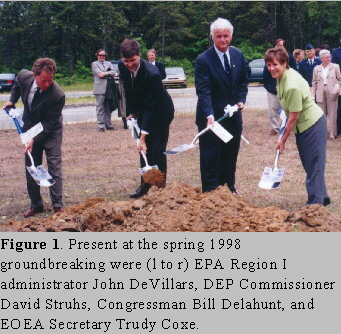
Background
In 1998, the Buzzards Bay Project National Estuary Program(1) (BBP) constructed the Massachusetts
Septic System Test Center at the Massachusetts Military Reservations OTIS Air National Guard Base on
Cape Cod. From its inception the Test Center has been a collaborative undertaking between the BBP, the
Barnstable County Department of Health and the Environment, the UMass Center for Marine Science
and Technology (CMAST), and the MA Department of Environmental Protection (MA DEP). The Test
Center is operated the Buzzards Bay Project (BBP).

Funding for the construction of the Test Center was originally provided by the US EPA's Environmental
Technologies Initiative. Additional funding for the construction and operation of the Test Center has
been provided by MA Department of Environmental Protection, Massachusetts Environmental Trust,
and ComElectric. In-kind assistance has been contributed by Endeco/YSI, F.E. Myers, Plasti-Drain Ltd.,
Tuf-Tite Inc., Wiggins Precast, Zabel Environmental and the vendors participating in verification. Most
recently, in the Fall of 1998, the Buzzards Bay Project was awarded a $50,000 grant from the
Massachusetts Environmental Trust as match to a $112,500 "section 319" grant from the MA
Department of Environmental Protection. These funds were to meet the costs associated with testing the
new, innovative septic system technologies at the Test Center. A contract from MET for this effort was
executed for their award in May 1999.
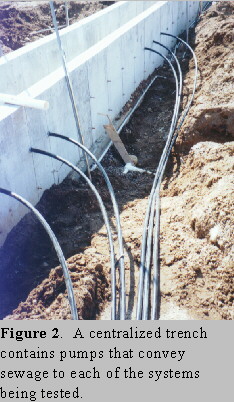
Facility Mission
From their experience with coastal ecosystems, the original partners in the Test Center (BBP, BCDHE
and CMAST) recognized that effluent from conventional septic systems was a major contributing factor
to the decline of water quality in surface waters in general and in particular onsite-derived nitrogen as
transported by groundwater was contributing to coastal eutrophication. It was also clear that technologies
existed which provided more advanced removals of contaminants and which could be an important tool
to improve both ground water and surface water quality. However, these technologies have been slow to
find regulatory and commercial acceptance in the New England region partly because of the scanty and
uneven quality of performance data and the time and cost required to generate data which is acceptable
to regulators.
Threatened and eutrophic coastal ecosystems are currently being designated as Nitrogen Sensitive
Embayments and local boards of health are under pressure to approve nitrogen removing technologies in
order to manage the growth nutrient inputs from new Development. However, Boards of health
sometimes have only manufacturers claims of nitrogen removal performance. Moreover, reliance on
manufacturers claims of performance at system startup conditions may not be representative of long term
septic system performance. Local approvals of systems that do not perform as advertized would be
unfortunate because of local water quality goals would not be met, and public support for alternative
septic system designs would be undermined.
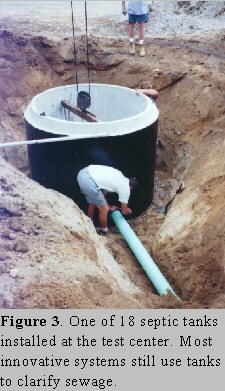
In response to these concerns, the Test Center's goal is to provide state and local managers with reliable
data base on alternative septic system performance, operation, and maintenance. For those systems that
meet state performance criteria, speed their introduction and approval in Massachusetts. These efforts
will in turn, provide a wider variety of innovative technologies and economical alternatives to the
conventional septic system in Massachusetts.
To accomplish these goals, the Test Center is providing independent, rigorous testing programs to
measure the performance of innovative onsite technologies, which are conducted under controlled
conditions for a testing period of two years. This testing period will ensure that technologies which
claim to remove nitrogen can do so consistently for an extended period of time.
The facility has the capacity to test six residential treatment technologies (in triplicate) in addition to
three conventional septic systems which will serve as a benchmark for the other technologies for a total
of 21 treatment units. Additional capacity at the facility is currently being used as a test bed for two
nitrogen removal technologies and for research and development of new, unproven technologies. As the
verified data is developed, the Test Center will be conducting an active outreach effort to convey this
information to local boards of health, onsite professionals and consumers.
Community Benefits
Beyond the benefits to onsite system vendors, the Test Center will benefit the public in several ways.
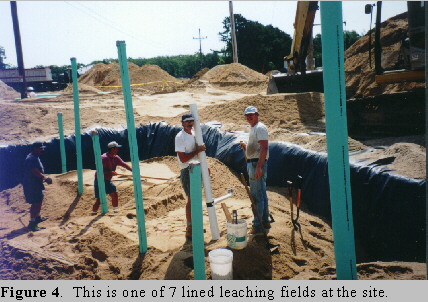
Participating Proprietary Technologies
The Test Center has approved the applications of five innovative technologies for the two-year
verification testing. The remaining space will be filled in the Fall of 1999. Three conventional or Title 5
systems which serve as the benchmark for DEP approvals have been installed and monitored since April
1999. Three proprietary technologies have been installed to date and operating since May 1999:
Technologies to be installed
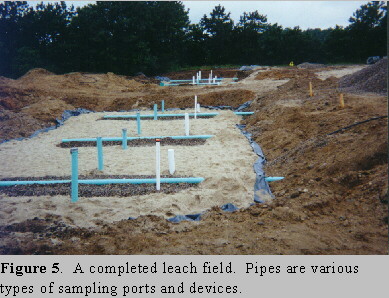
Non-Proprietary Technologies
Research and Development Testing
Two technologies have been accepted for single-unit testing under the R&D designation for one year
periods. The costs of R&D testing, monitoring and facility overhead are entirely borne by the applicants,
and no MET, DEP, or EPA funds are being used for this effort.
In addition to the above testing programs the test center is providing testing for national non-profit
testing and certification laboratory, NSFI. At present, one technology is being tested for a six-month
period. This testing is entirely self-sustaining and funded by the technology vendors..
MET Grant History Progress
The MET grant is providing support for the first year of testing of the seven technologies in the two-year
testing cycle. The funds are for FY 2000 and thus are just beginning to be drawn upon. We expect that
all funds will be disbursed by February 2000.
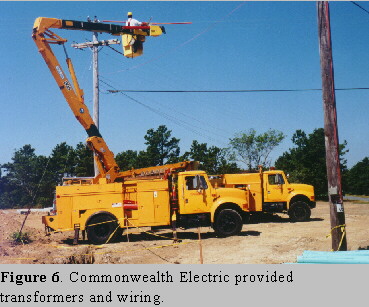
Technology Monitoring
Monitoring of four of the seven systems which have been installed began in May 1999. Of the$50,000
grant total, $38,000 is being used for analytical monitoring of the seven technologies in the two year
testing program, wherein technologies will be sampled at two and three week intervals. Monitoring
includes the analyses of BOD, or biochemical oxygen demand, a measure of the strength of organic
contaminants and fecal coliform, a measure of pathogen concentrations. This analysis is being conducted
at the Barnstable County Health certified laboratory. Inorganic measures conducted at the CMAST
Coastal System Laboratory include dissolved and particulate nitrogen and phosphorous species,
alkalinity, pH, total suspended solids and specific conductance. Analytical costs for monitoring one
technology with three replicate units is about $18,500 annually. Additional funds to cover the costs of
monitoring are being provided by MA DEP and US EPA through the FY2000 s319 grant.
Materials and supplies
Sample processing occurs at the Test Center and includes field sampling, filtration of dissolved samples,
measurement of pH, dissolved oxygen and specific conductance. $7,900 of the MET grant will provide
materials and supplies to support the field monitoring program for the next seven months.
Outreach Publications
$4,000 of the MET grant will be used for outreach publications which will consist of published
performance reports for each technology. Because of the normal lag in processing data the outreach
funds will be expended last. The reports will be furnished to Boards of Health throughout
Massachusetts. Currently, data and information about the Test Center is posted on the BBP website. As
verified data is collected from the technologies, it will be posted on the BBP website and the Barnstable
County website for greater exposure.
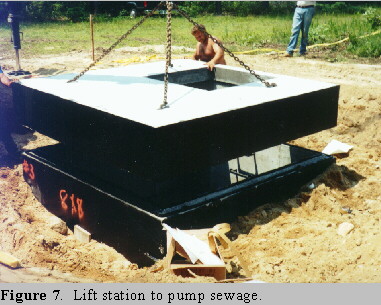
1. The BBP is a unit of Massachusetts Coastal Zone Management within the Executive
Office of Environmental Affairs.
----- You are visitor since our start.
![]()